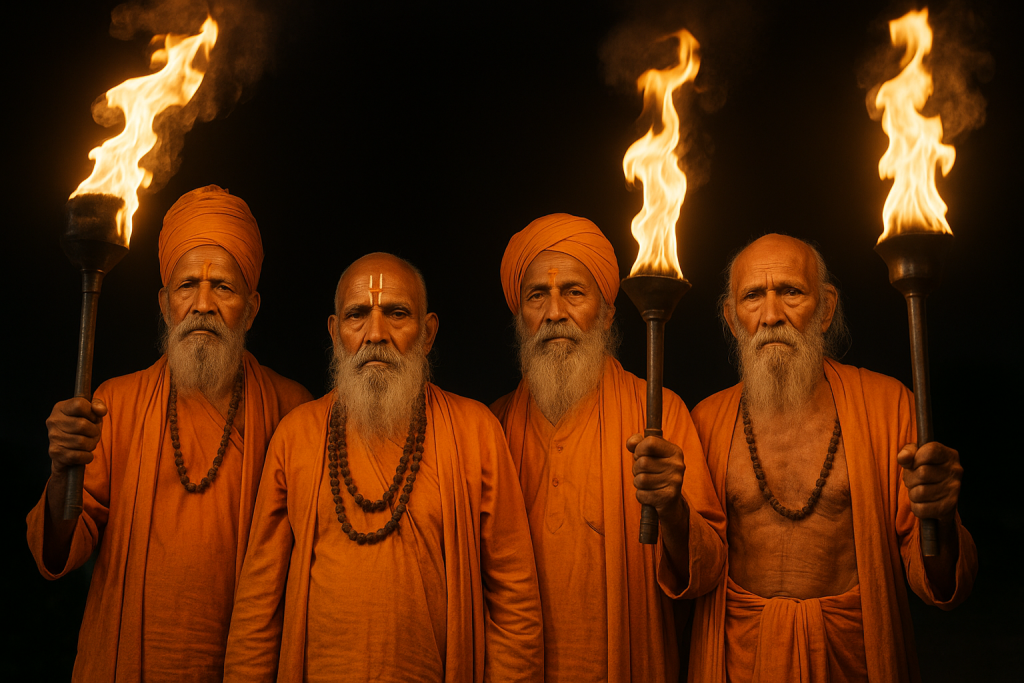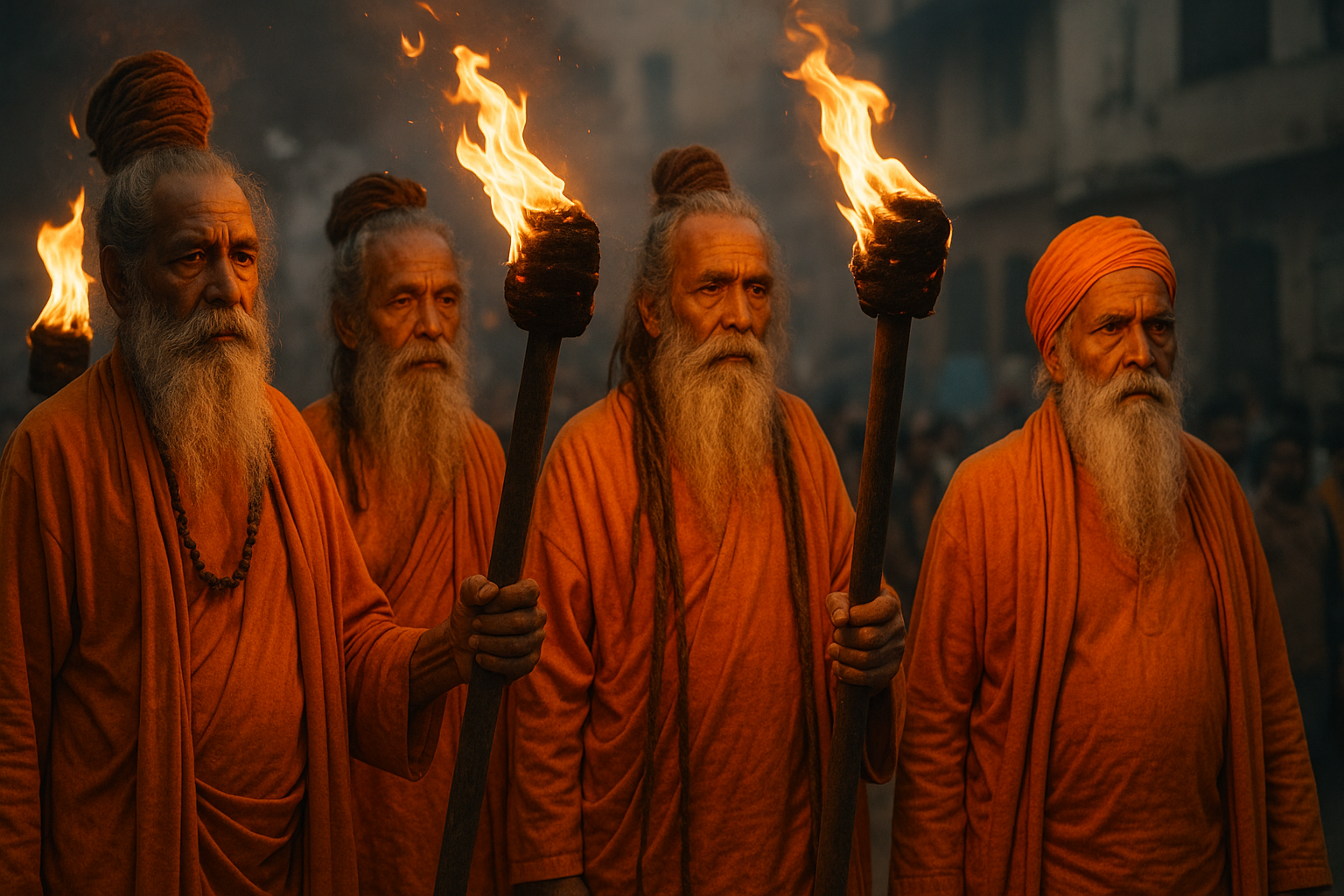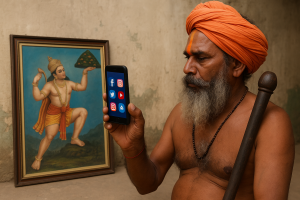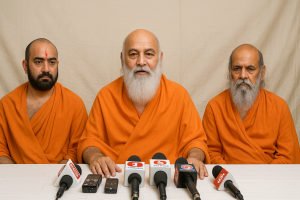Timeless Torchbearers: Historical Saints of Digambar Akhara
The spiritual heritage of Digambar Akhara stretches back through centuries of India’s sacred history. This Shaivite monastic order has produced numerous saints whose lives of penance, renunciation, and divine realization continue to inspire generations of seekers. These historical saints of Digambar Akhara are more than figures of reverence—they are foundational pillars of Sanatan Dharma, keeping the spiritual flame alive through turbulent times and spiritual darkness.
The Akhara was originally formed to protect and preserve Vedic dharma during periods of external threats and moral decline. The saints of Digambar Akhara not only engaged in spiritual pursuits but also took up roles as dharma warriors, preserving sacred spaces, teachings, and cultural traditions. Among them are legendary figures whose stories are etched in the collective memory of the Hindu monastic tradition.
One such revered saint is Swami Shivanand Giri Ji Maharaj, known for his deep tapasya (penance) in the Himalayan caves and his eloquent teachings on Shaiva Vedanta. His life exemplified the core ideals of sannyasa—detachment, scriptural knowledge, and surrender to Lord Shiva. His commentaries on the Shiva Purana and Upanishads remain valuable resources for spiritual scholars even today.

Another iconic historical figure is Swami Prabhudanand Giri Ji, a great teacher and healer who was instrumental in expanding the Akhara’s presence in central India. Known for his mystical powers and compassion, he founded several temples and initiated countless disciples into the sacred order. His samadhi site continues to be a place of pilgrimage.
Equally venerated is Swami Narayan Giri Ji, a fierce ascetic who played a pivotal role in protecting sacred Hindu texts during times of foreign invasion. He was a warrior-saint who upheld the honor of the akhara both spiritually and physically, reinforcing the akhara’s dual role as a spiritual and cultural guardian.
These saints, though separated by centuries, were united by a single goal: moksha (liberation) through total surrender and spiritual discipline. They followed rigorous paths of meditation, celibacy, and Vedantic contemplation, often living in forests, caves, and isolated ashrams. Despite their austere lifestyles, they served society through teaching, healing, and spiritual guidance.
Their legacy is not merely historical—it is living and breathing within the very rituals, teachings, and practices of Digambar Akhara today. Each Mahamandaleshwar and sannyasi traces their spiritual ancestry back to these noble souls.
By remembering and honoring these historical saints, we reconnect with the roots of Sanatan Dharma. Their lives remind us that true greatness lies in inner mastery, not outer display. In a world increasingly distracted by materialism, the legacy of the historical saints of Digambar Akhara offers a path back to stillness, strength, and spiritual truth.






